Flow Safe F88 Series Instruction manual
















Table of contents
Other Flow Safe Control Unit manuals
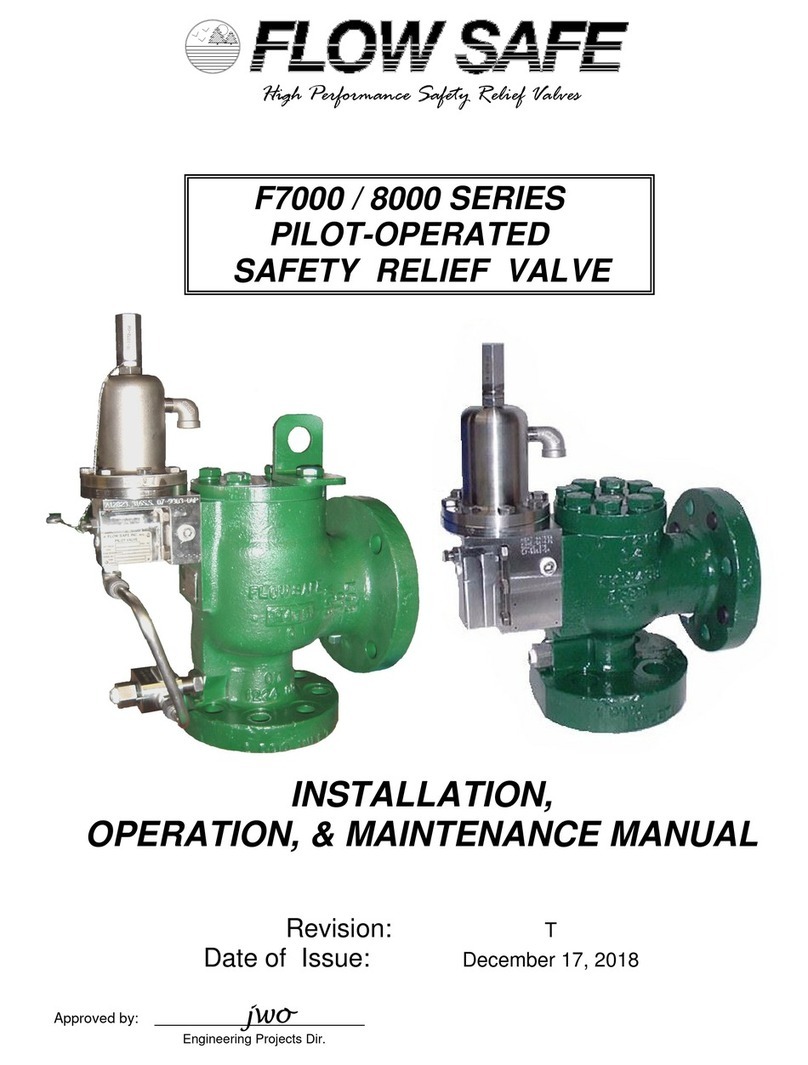
Flow Safe
Flow Safe F7000 SERIES Instruction manual
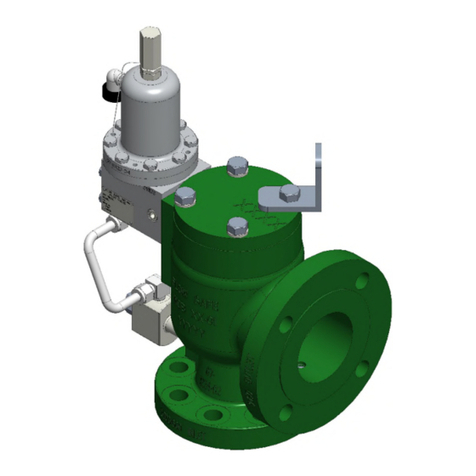
Flow Safe
Flow Safe F8000 Series Owner's manual
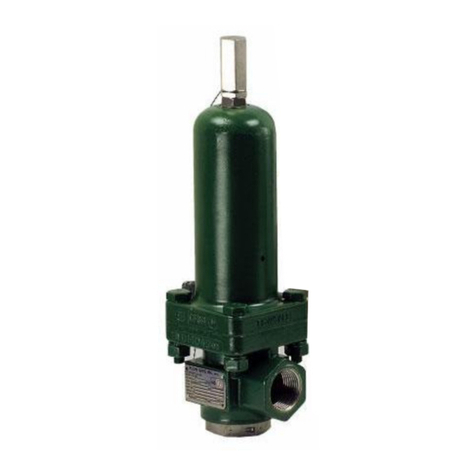
Flow Safe
Flow Safe F84L Series Instruction manual

Flow Safe
Flow Safe F70U Series Instruction manual
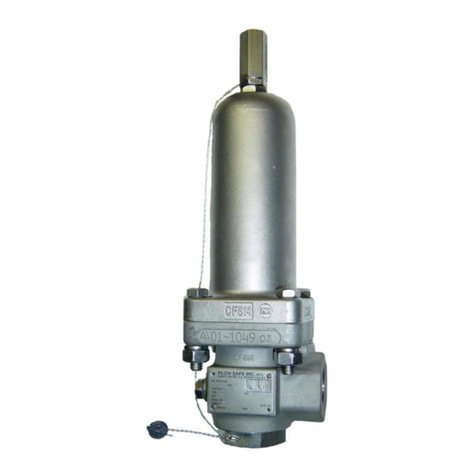
Flow Safe
Flow Safe F88 Series Instruction manual
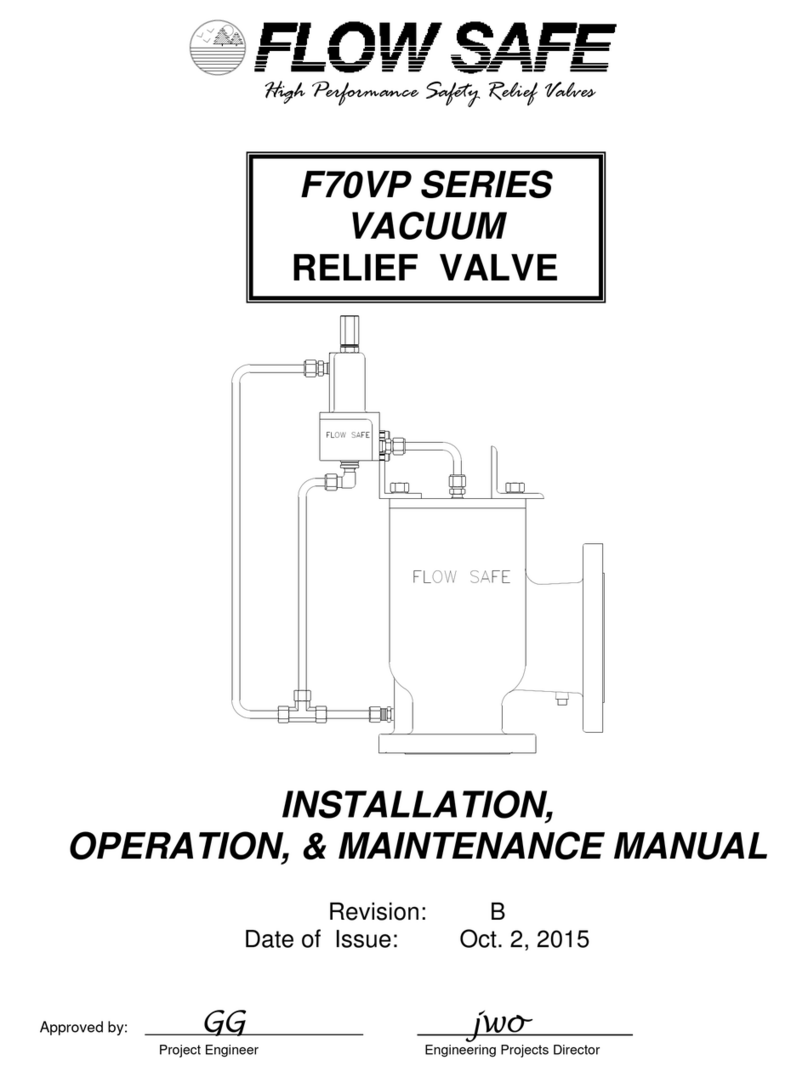
Flow Safe
Flow Safe F70VP Series Instruction manual
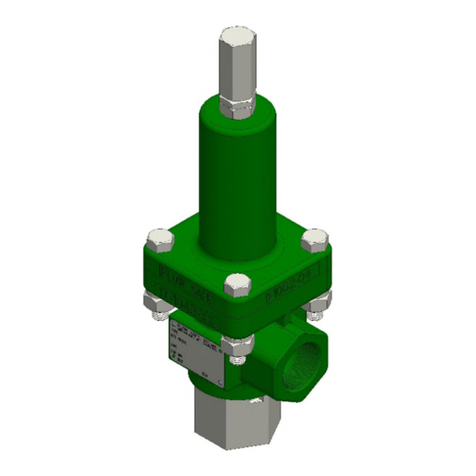
Flow Safe
Flow Safe F84L Series Instruction Manual
Popular Control Unit manuals by other brands
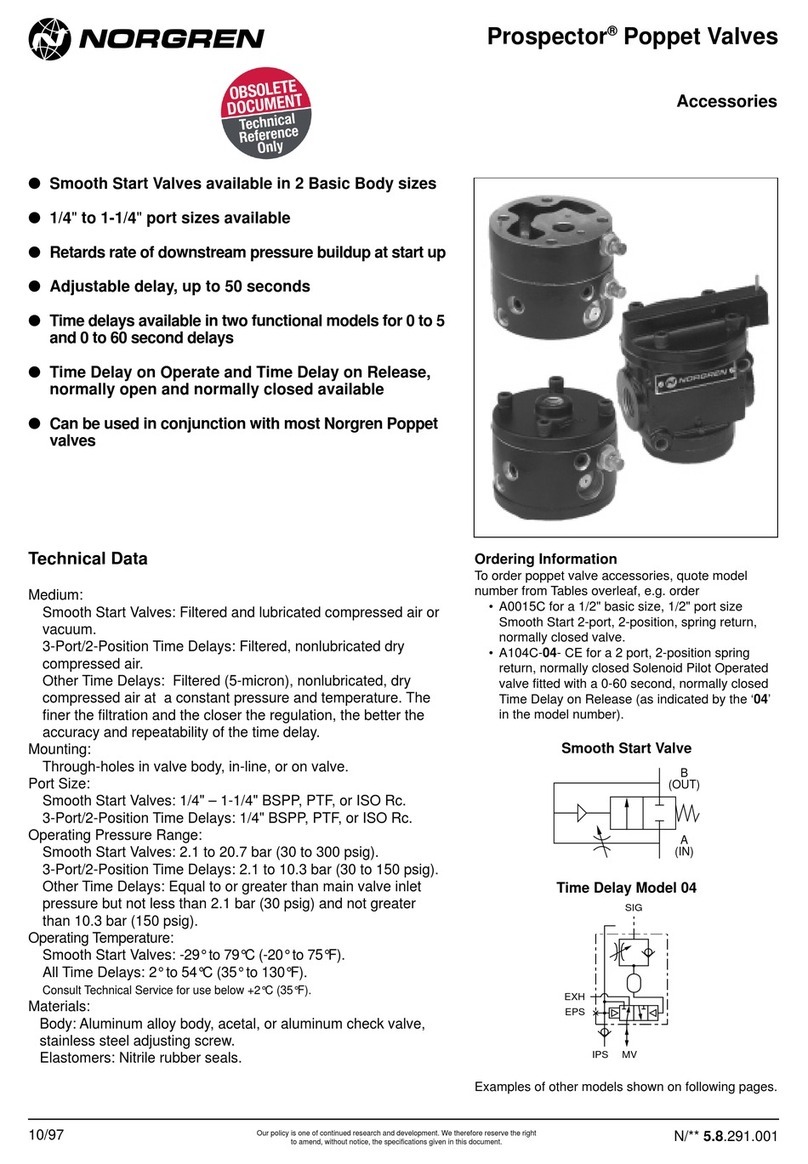
Norgren
Norgren Prospector A00 5A Series manual
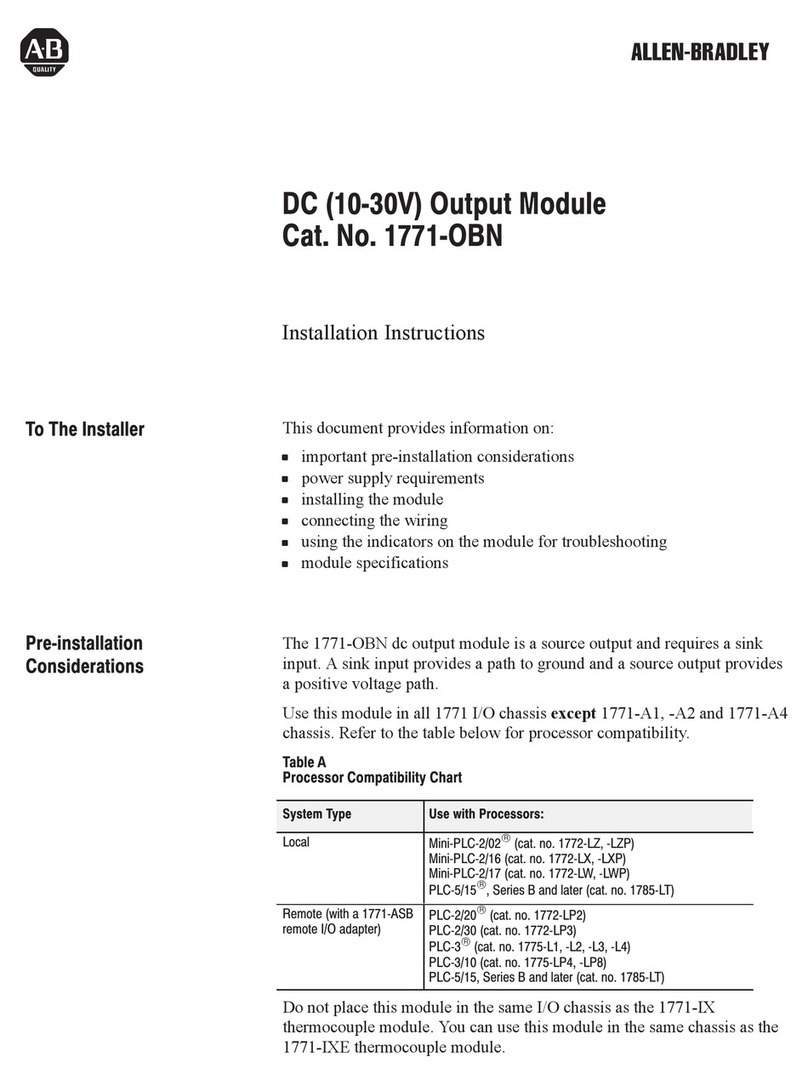
Allen-Bradley
Allen-Bradley 1771-OBN installation instructions
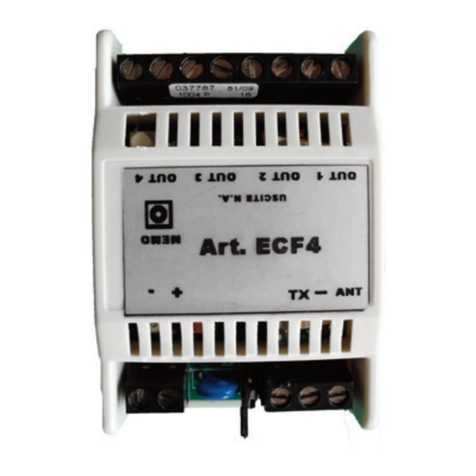
Elvox
Elvox ECF4 Installation and operation manual

Mitsubishi Electric
Mitsubishi Electric WD8700U user manual
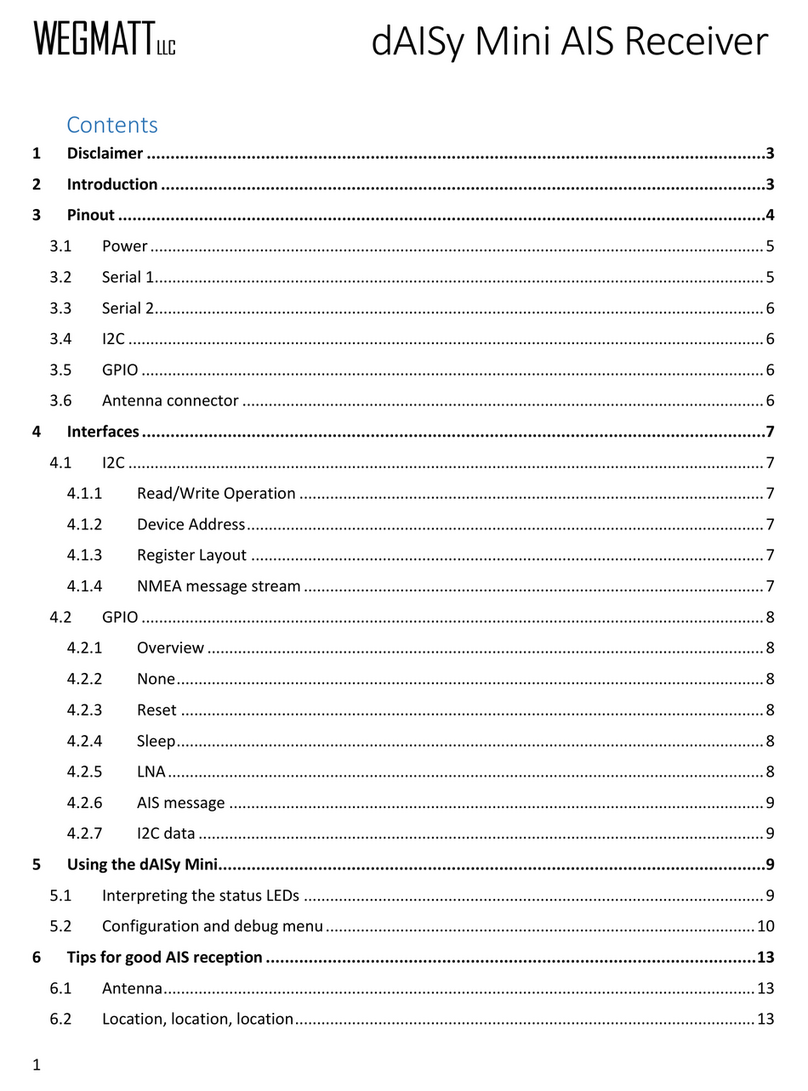
Wegmatt
Wegmatt dAISy Mini manual
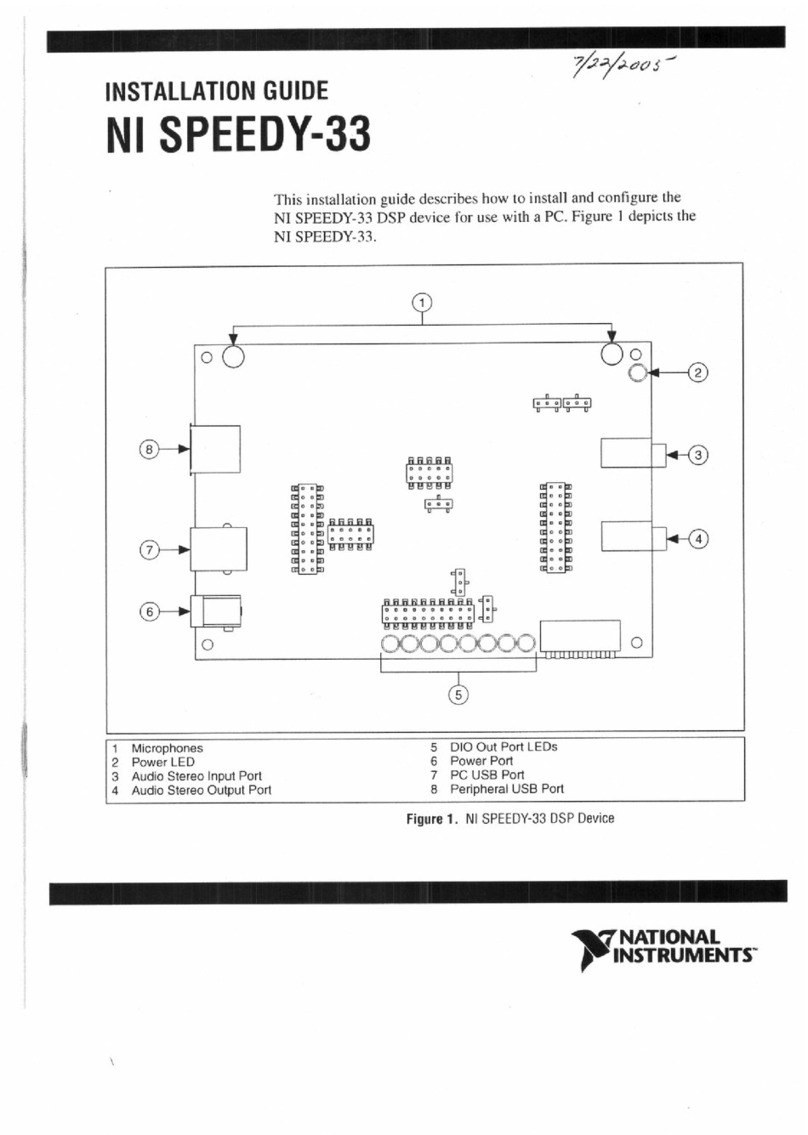
National Instruments
National Instruments NI-SPEEDY-33 installation guide

Lincoln Electric
Lincoln Electric DAMPER BOX DUALFLOW Safety instruction for use and maintenance

MIRI
MIRI AD2006+ Quick start manual
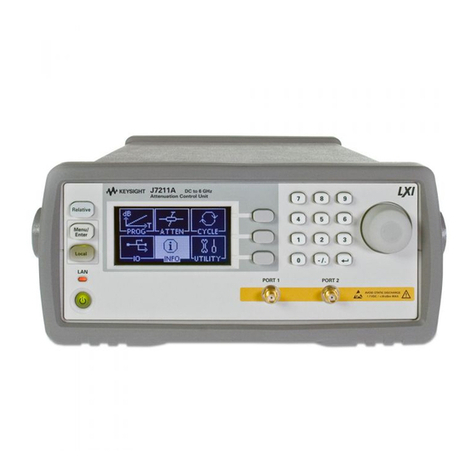
Keysight Technologies
Keysight Technologies J7211A Operating and service manual
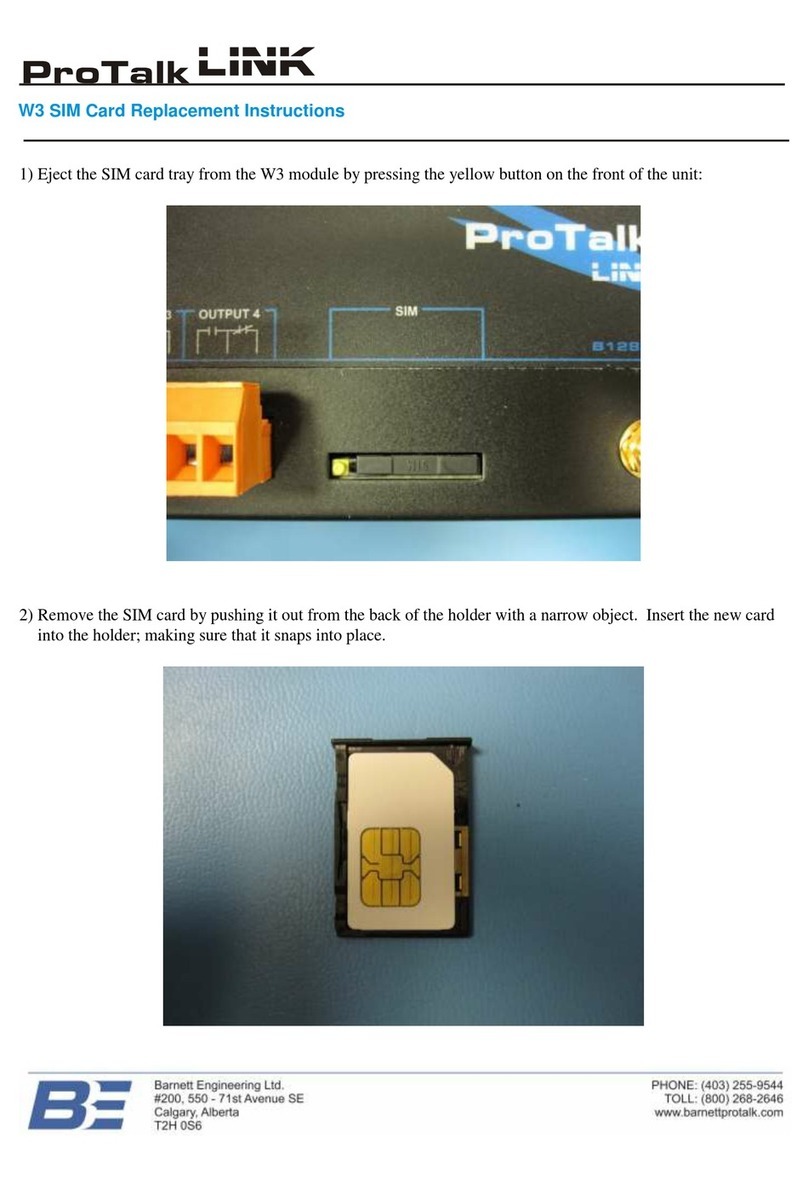
Barnett Engineering
Barnett Engineering ProTalk LINK W3 Replacement instructions
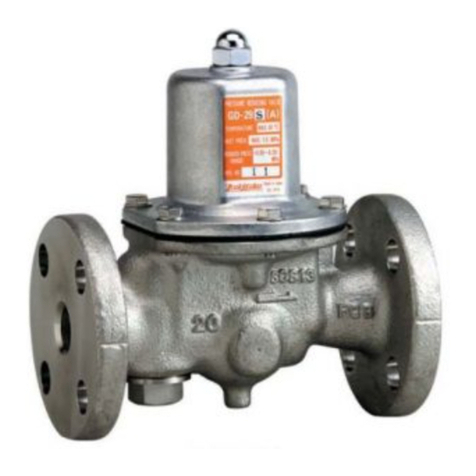
Yoshitake
Yoshitake GD-26GS manual
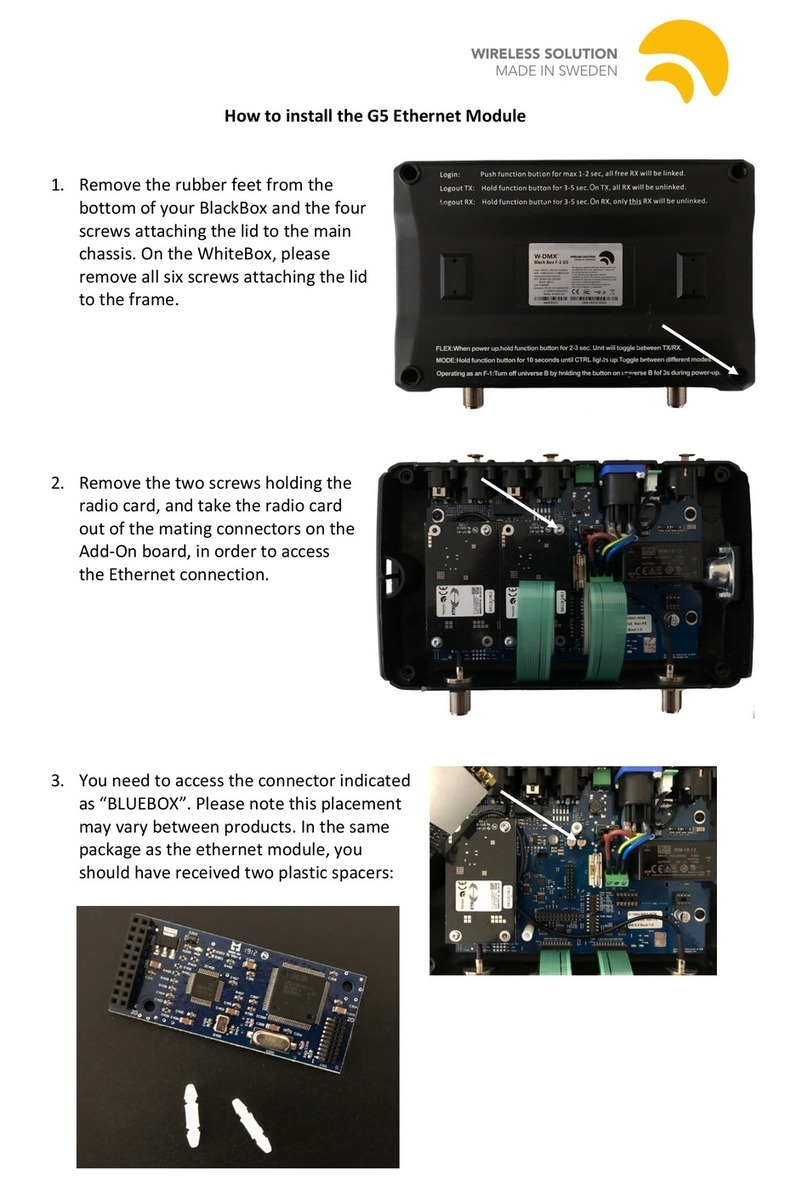
Wireless Solution
Wireless Solution W-DMX G5 How to install
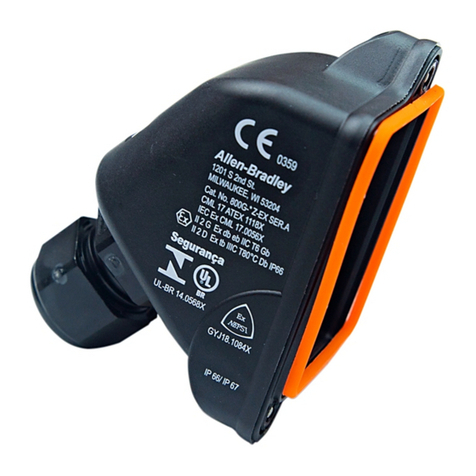
Rockwell Automation
Rockwell Automation Allen-Bradley 800G-XLS Z-EX Series installation instructions
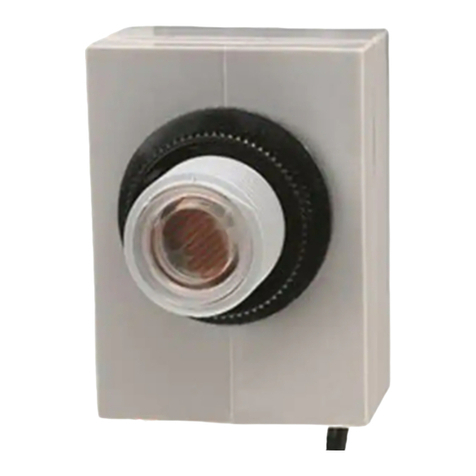
Intermatic
Intermatic K4000 series Instructions for installing

Sentiotec
Sentiotec K1 Next Instructions for installation and use
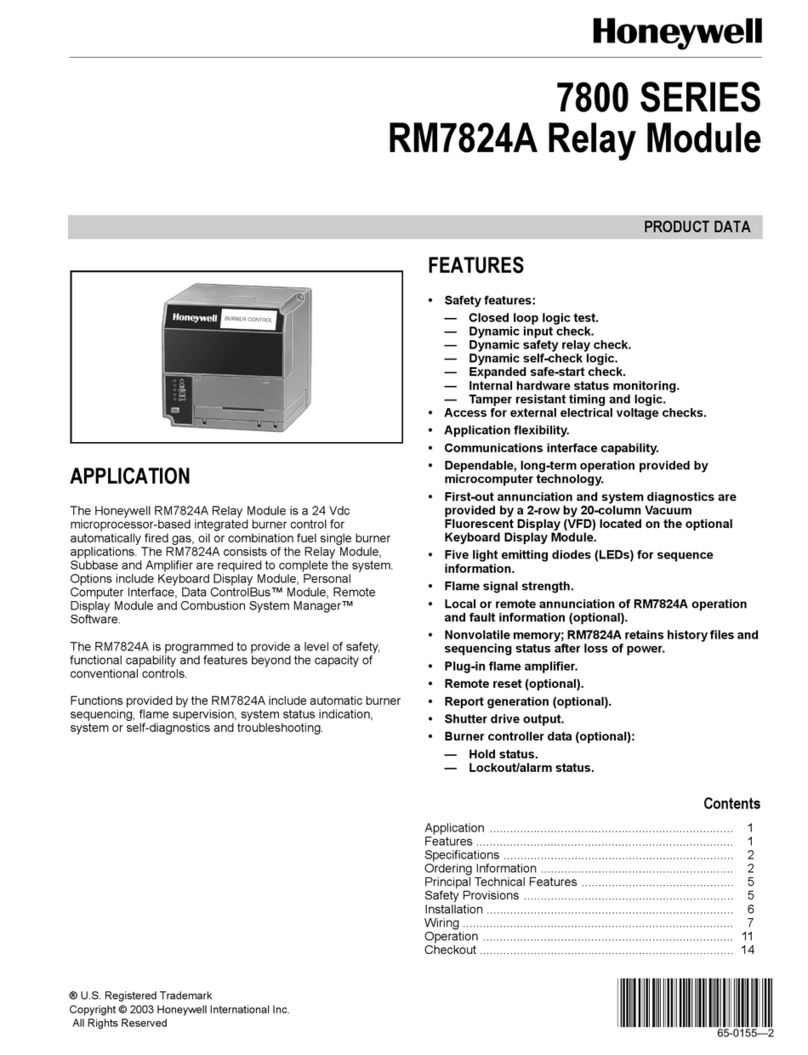
Honeywell
Honeywell RM7824A Product data

Spirax Sarco
Spirax Sarco BSA3HP Installation and maintenance instructions
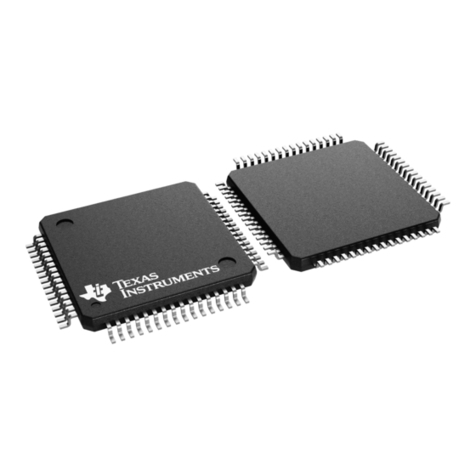
Texas Instruments
Texas Instruments ADS5231 EVM user guide